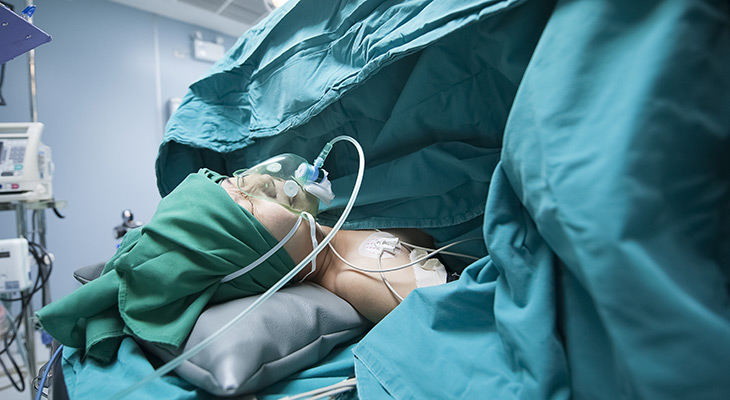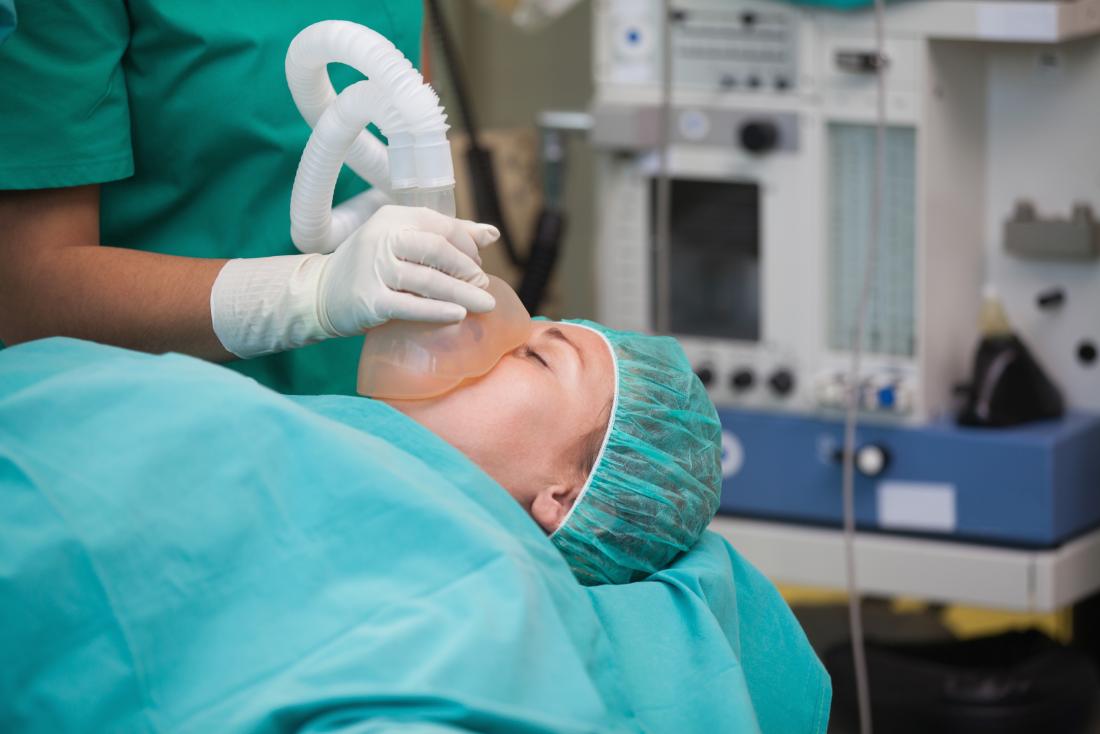
Many anaesthetics are thought to work by making it harder for neurons to fire, but this can have different effects on brain function, depending on which neurons are being blocked. “They must be triggering some common neuronal change and that’s the big mystery.” “If you look at the brain under both xenon and propofol anaesthesia, there are striking similarities,” says Nick Franks of Imperial College London, who overturned the lipid theory in the 1980s. We still don’t know how this binding affects nerve cells, and which neural networks they feed into. Presumably the solubility of anaesthetics in oil affects how easily they reach the receptors bound in the fatty membrane.īut that solves only a small part of the mystery. Propofol, for instance, binds to receptors on nerve cells that normally respond to a chemical messenger called GABA. Since then, protein receptors have been found for many anaesthetics. In the 1980s, though, experiments in test tubes showed that anaesthetics could bind to proteins in the absence of cell membranes. The popular “lipid theory” said that instead of binding to specific protein receptors, the anaesthetic physically disrupted the fatty membranes of nerve cells, causing them to malfunction. How could they all fit the same lock?įor a long time there was great interest in the fact that the potency of anaesthetics correlates strikingly with how well they dissolve in olive oil. Yet the long list of anaesthetic agents ranges from large complex molecules such as barbiturates or steroids, to the inert gas xenon, which exists as mere atoms. Other drugs work by binding to receptor molecules in the body, usually proteins, in a way that relies on the drug and receptor fitting snugly together like a key in a lock. So what do we know about how anaesthetics work? Since they were first discovered, one of the big mysteries has been how the members of such a diverse group of chemicals can all result in the loss of consciousness. (This is also what Michael Jackson was allegedly using as a sleeping aid, with such unfortunate consequences.) Unless the operation is only meant to take a few minutes, an inhaled anaesthetic, such as isoflurane, is then usually added to give better minute-by-minute control of the depth of anaesthesia. These days anaesthesia is usually started off with injection of a drug called propofol, which gives a rapid and smooth transition to unconsciousness, as happened with me. As they progress deeper into the twilight zone, they now fail to respond to even the penetration of a scalpel – which is the point of the exercise, after all – and at the deepest levels may need artificial help with breathing.

“It’s more akin to a dimmer switch.”Ī typical subject first experiences a state similar to drunkenness, which they may or may not be able to recall later, before falling unconscious, which is usually defined as failing to move in response to commands. “The process of going into and out of general anaesthesia isn’t like flipping a light switch,” says Mashour.
#General anesthesia Patch
Although long overshadowed by the surgeons who patch you up, the humble “gas man” does just as important a job, holding you in the twilight between life and death.Ĭonsciousness may often be thought of as an all-or-nothing quality – either you’re awake or you’re not – but as I experienced, there are different levels of anaesthesia (see diagram). The people who gained expertise in administering these agents developed into their own medical specialty. Since then a slew of chemicals have been co-opted to serve as anaesthetics, some inhaled, like ether, and some injected. A flask of sulphuric ether was held close to the patient’s face until he fell unconscious. In the west, the first operation under general anaesthetic took place at Massachusetts General Hospital in 1846.

It was a Japanese surgeon who performed the first known surgery under anaesthetic, in 1804, using a mixture of potent herbs. But anaesthetics do allow neuroscientists to manipulate our consciousness safely, reversibly and with exquisite precision. How does the small sac of jelly that is our brain take raw data about the world and transform it into the wondrous sensation of being alive? Even our increasingly sophisticated technology for peering inside the brain has, disappointingly, failed to reveal a structure that could be the seat of consciousness.Īltered consciousness doesn’t only happen under a general anaesthetic of course – it occurs whenever we drop off to sleep, or if we are unlucky enough to be whacked on the head.

#General anesthesia how to
It is something experienced by every one of us, yet we cannot even agree on how to define it. Consciousness has long been one of the great mysteries of life, the universe and everything.


 0 kommentar(er)
0 kommentar(er)
